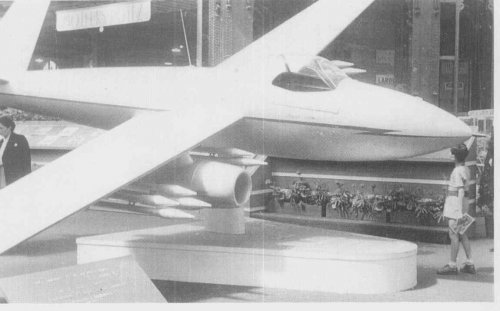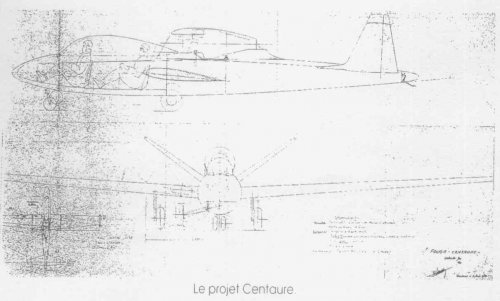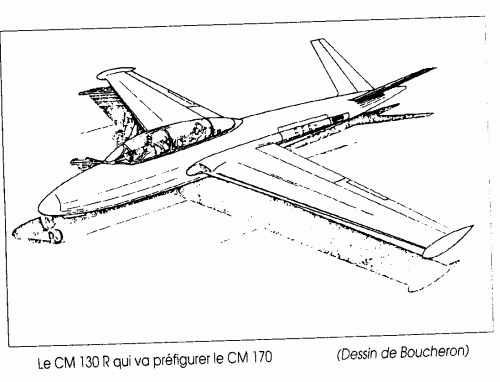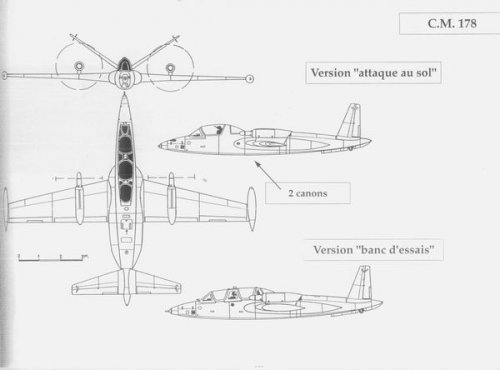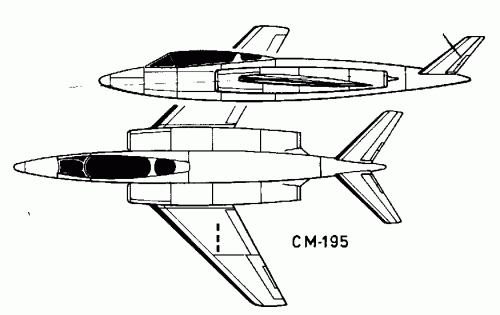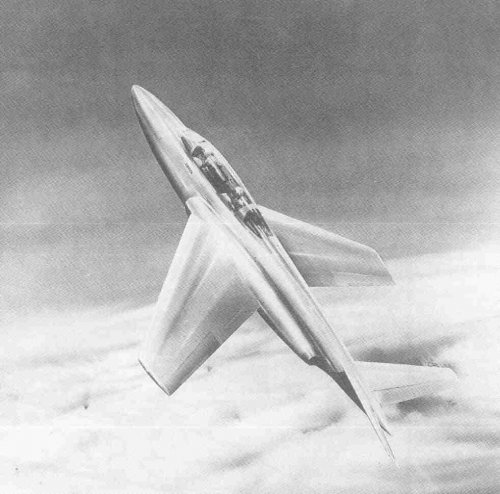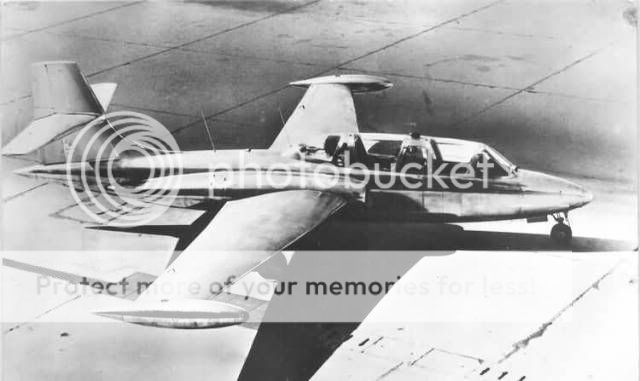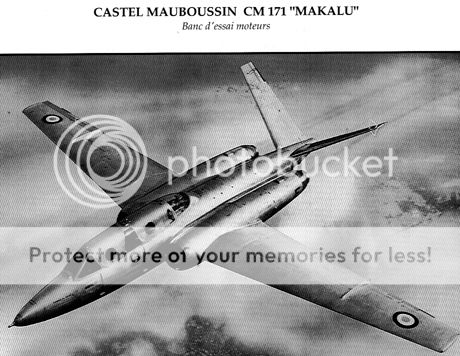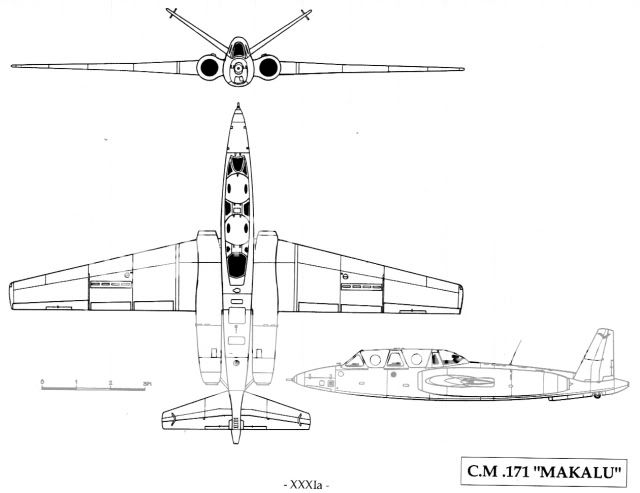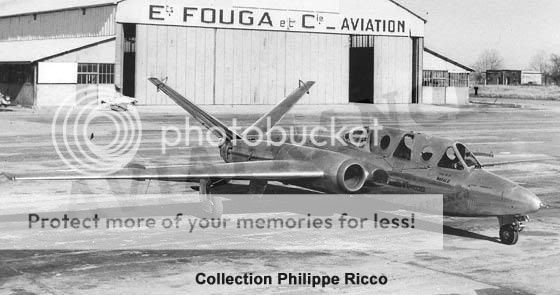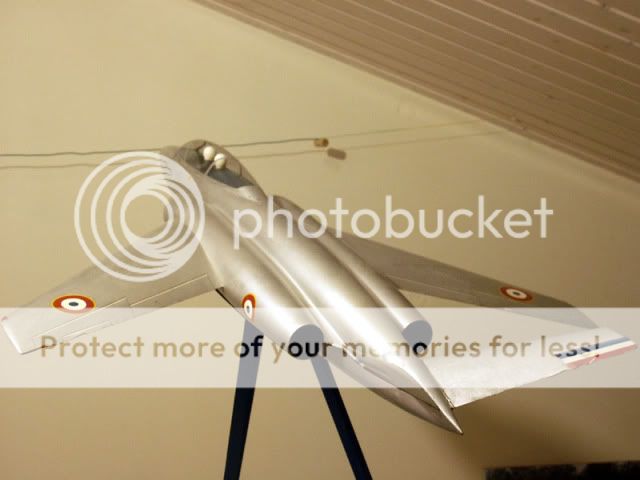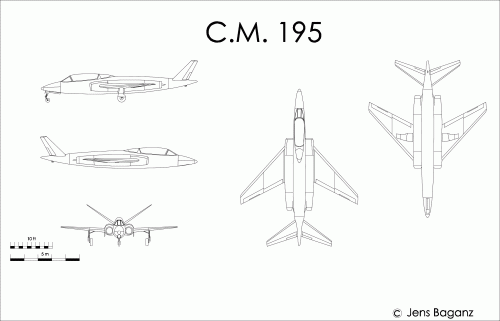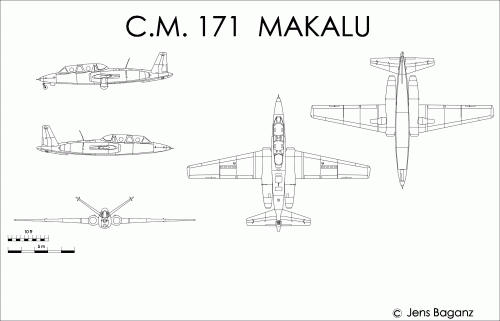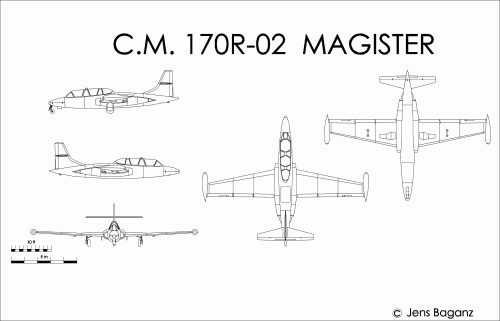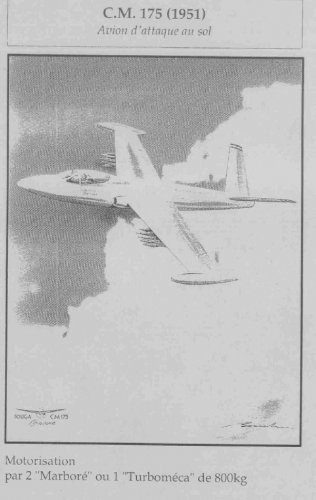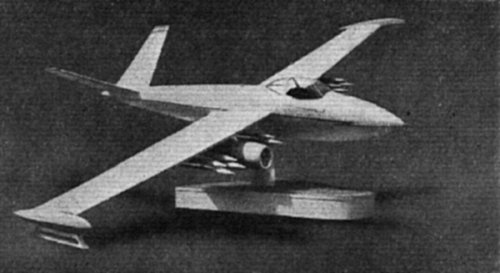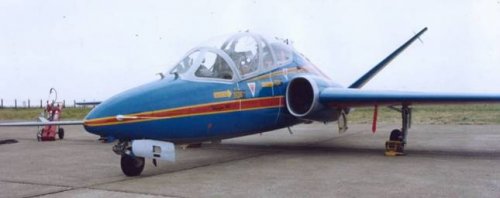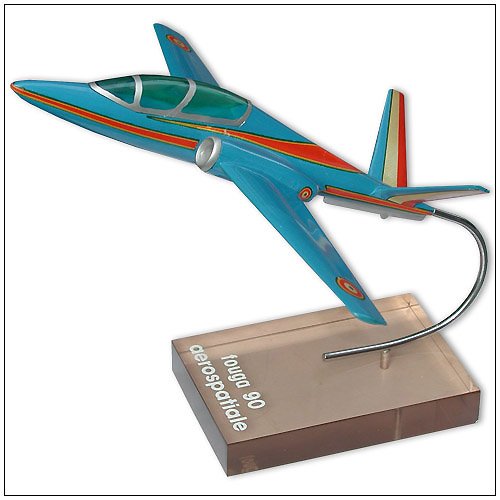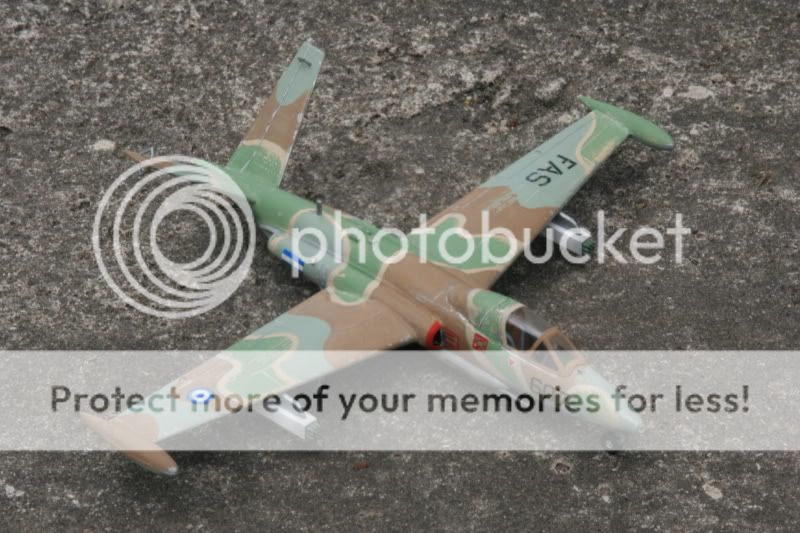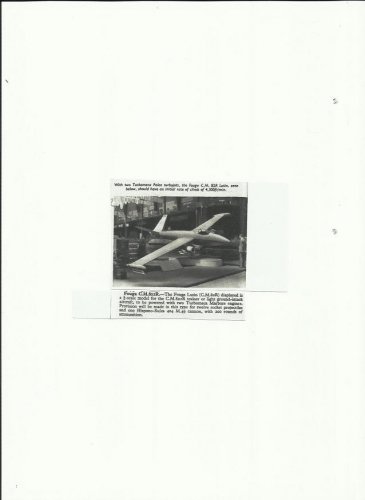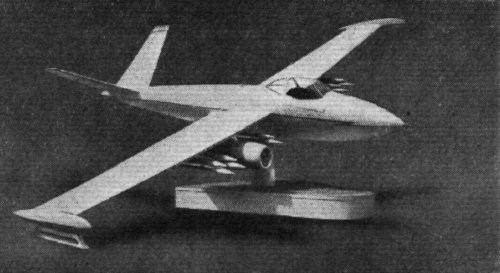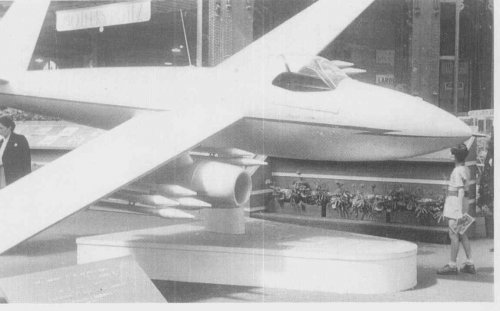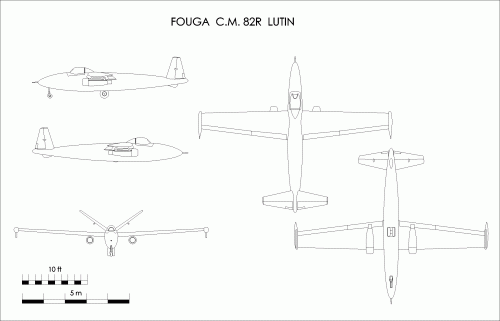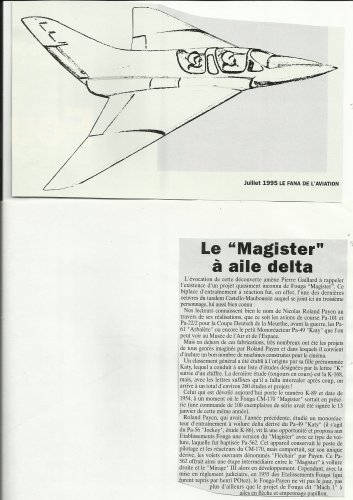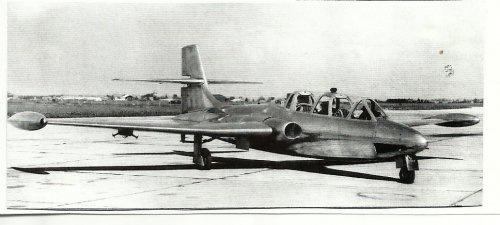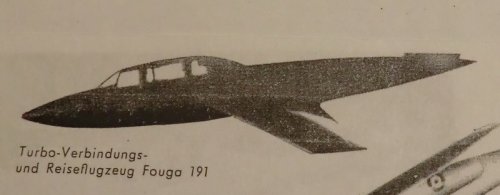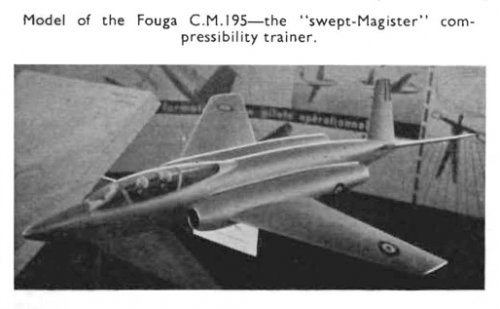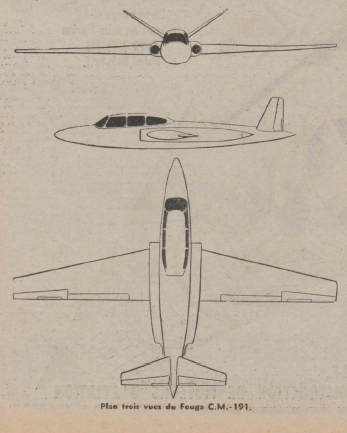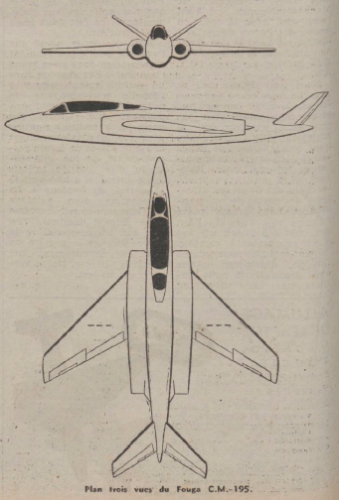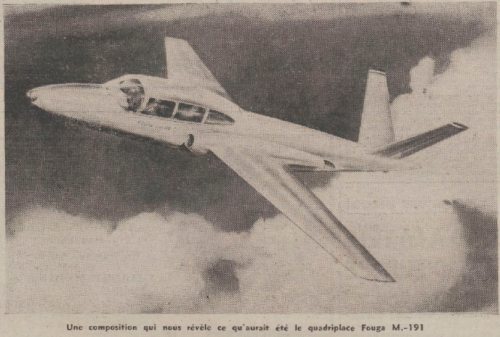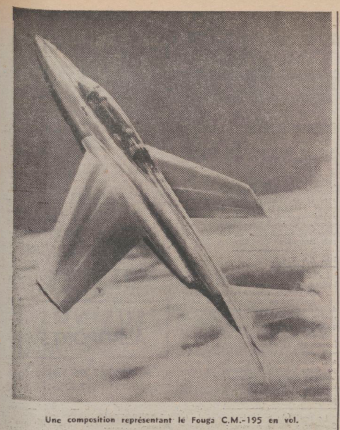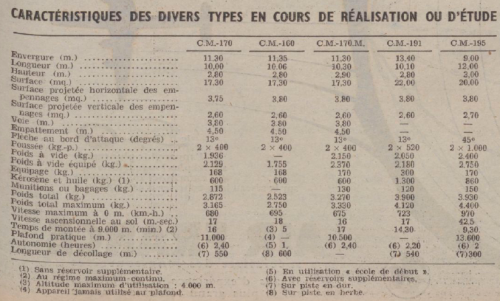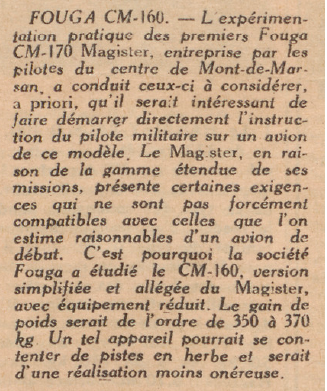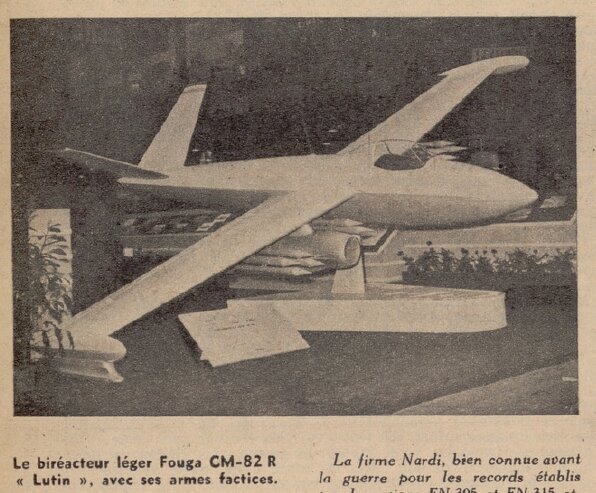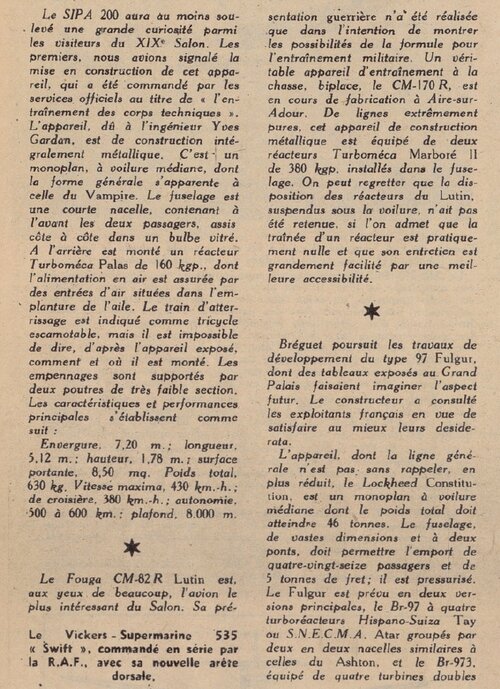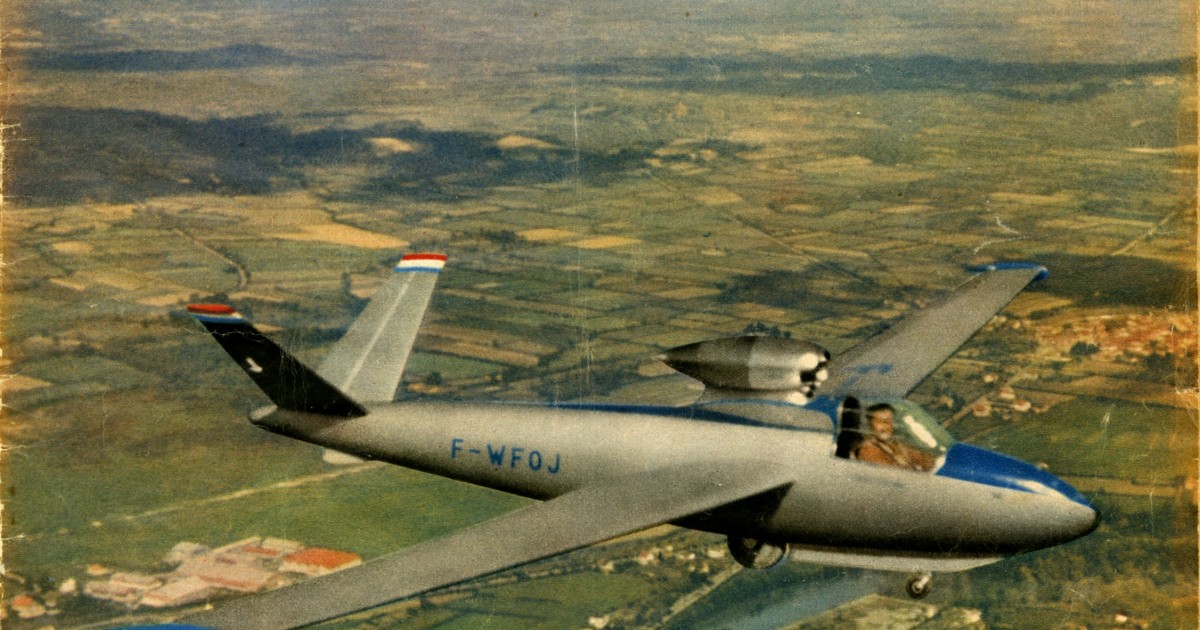- Joined
- 11 March 2006
- Messages
- 8,625
- Reaction score
- 3,806
The Fouga Magister was the final development which actually started
with the jet powered CM.8 Sylphe and its derivatives.
The CM.82R Lutin was a try, to find a military marked for a very light
jet in the attack role ( Photo : Les Avions De Combat Francais 1944 - 60,
Jean Cuny)
The "Projet Centaur" and CM-130R were already mainly envisaged for the
training role (drawings from : Planeurs et Avions, Christian Castello, le Lerard).
As a contender to the Castel-Mauboussin/Fouga designs the Morane-Saulnier
MS.752 was mentioned, which started as a derivative of the MS.733 Alcyon
piston engine trainer, powered by two Marboré engines . Anybody, who has
a picture/drawing of this project ?
with the jet powered CM.8 Sylphe and its derivatives.
The CM.82R Lutin was a try, to find a military marked for a very light
jet in the attack role ( Photo : Les Avions De Combat Francais 1944 - 60,
Jean Cuny)
The "Projet Centaur" and CM-130R were already mainly envisaged for the
training role (drawings from : Planeurs et Avions, Christian Castello, le Lerard).
As a contender to the Castel-Mauboussin/Fouga designs the Morane-Saulnier
MS.752 was mentioned, which started as a derivative of the MS.733 Alcyon
piston engine trainer, powered by two Marboré engines . Anybody, who has
a picture/drawing of this project ?

